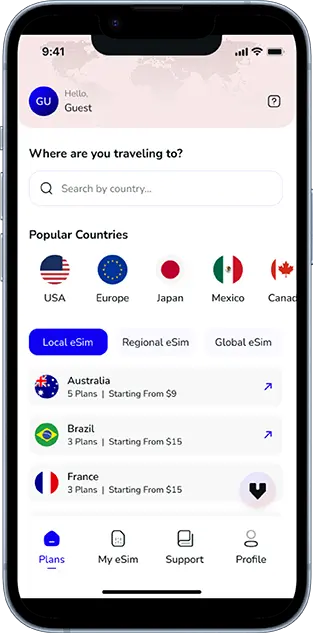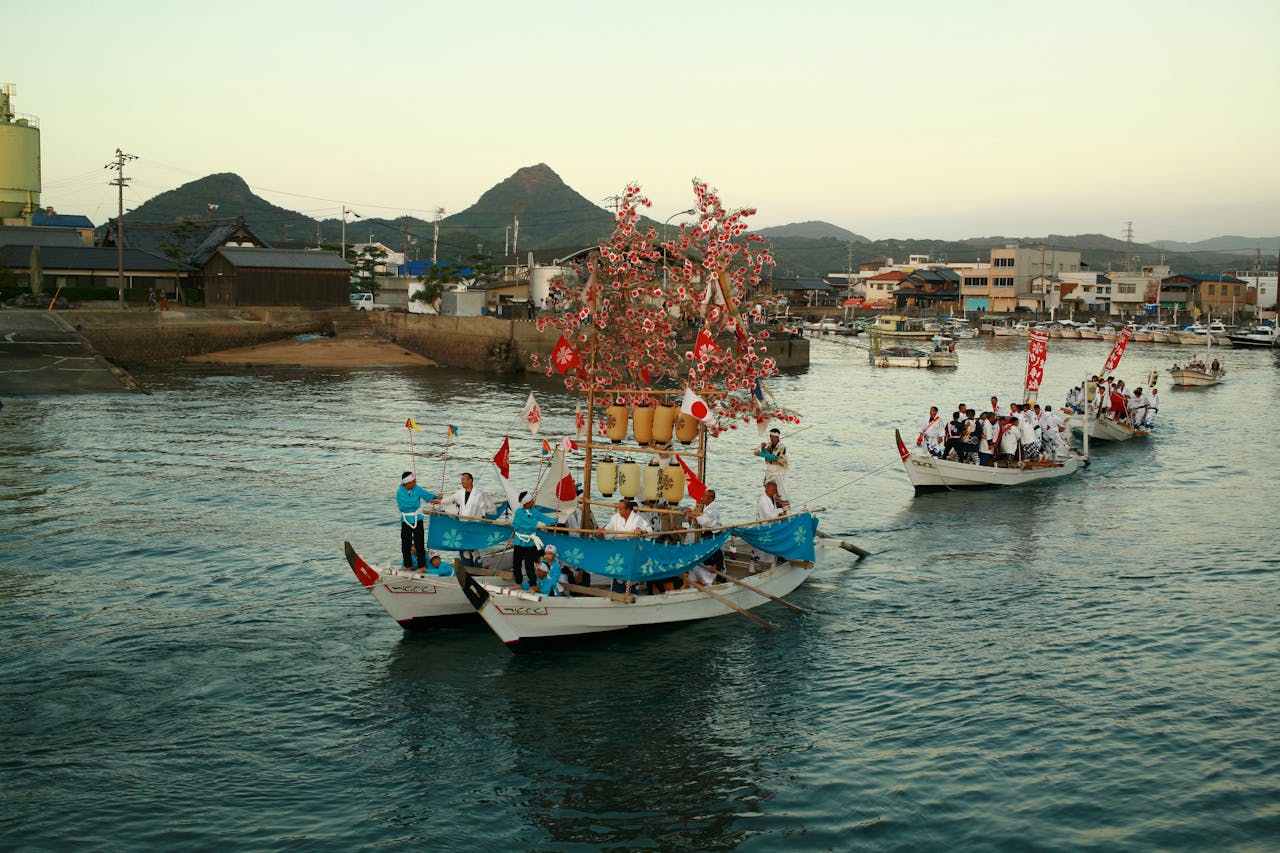Note that iPhone devices from Mainland China aren’t eSIM compatible. Also iPhone devices from Hong Kong and Macao aren’t compatible (except for iPhone 13 Mini, iPhone 12 Mini, iPhone SE 2020 and iPhone XS)
Japanese festivals, or matsuri, are vibrant celebrations that reflect the country’s rich history, spiritual beliefs, and community traditions. From centuries-old Shinto rituals to dazzling summer fireworks displays, these festivals offer a glimpse into Japan’s cultural heritage. Each event is a unique blend of music, dance, and regional customs, creating unforgettable experiences for both locals and visitors alike.
Origins Rooted in Religious Observances
Japanese festivals, or matsuri, trace their roots back to ancient religious practices. Many of these events were originally tied to Shinto or Buddhist rituals, aimed at honoring deities, marking seasonal changes, or ensuring bountiful harvests. Over time, these traditions evolved into vibrant celebrations that blend the sacred with the festive. Even today, the spiritual undertones of these festivals remain an integral part of their identity. For instance, rituals like the Omizutori ceremony at Todaiji Temple showcase the deep connection between faith and festivity.
Community Pride and Social Bonds
Festivals in Japan are more than just grand spectacles—they’re a source of immense local pride. Entire neighborhoods often come together to prepare for these events, creating intricate floats, costumes, and decorations. This collective effort fosters a sense of unity and strengthens social ties. Whether it’s through carrying a mikoshi (portable shrine) or dancing in a parade, participation in a matsuri brings people closer. It’s not just about the event itself, but the shared joy and camaraderie it inspires.
Preservation of Local Traditions
Japanese festivals play a crucial role in keeping traditional arts and crafts alive. Many matsuri feature performances of classical music, dance, or theater that might otherwise fade into obscurity. Skilled artisans also contribute by crafting elaborate floats and intricate costumes, ensuring that ancient techniques are passed down to future generations. These festivals are like living museums, offering a glimpse into Japan’s rich cultural heritage while adapting to the modern age.
Experiencing Iconic Festivals in Japan
Gion Matsuri: Kyoto’s Grand Celebration
Gion Matsuri, held every July in Kyoto, is one of Japan’s most famous festivals. It spans the entire month, but the highlight is the grand parade, known as Yamaboko Junko. Massive wooden floats, adorned with intricate tapestries and carvings, are pulled through the streets by teams of locals. What’s incredible is how these floats, some weighing several tons, are assembled without a single nail! Visitors can also enjoy traditional music, street food, and evening lantern displays during this unforgettable event.
Awa Odori: Dance Through Tokushima
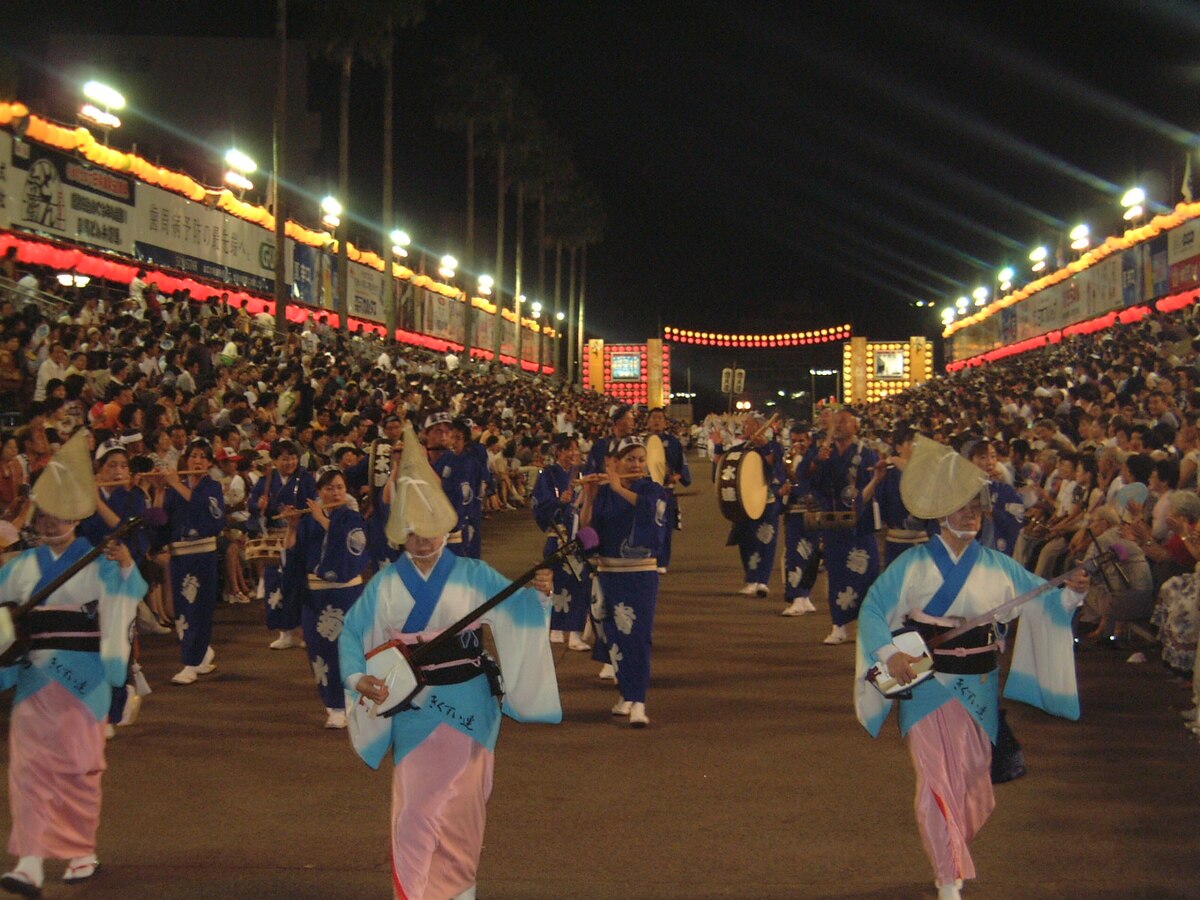
Awa Odori, Tokushima’s lively dance festival, takes place in August and is all about movement and rhythm. Groups of dancers, dressed in colorful yukata and straw hats, fill the streets with their energetic routines. The chant of “Odoru aho ni miru aho” (“The dancers are fools, the watchers are fools”) encourages everyone to join in. If you’re visiting, don’t hesitate to participate—it’s a blast! Plus, the festival includes workshops where you can learn the dance steps beforehand.
Sapporo Snow Festival: Winter Wonderland
Every February, Sapporo transforms into a winter wonderland for the Sapporo Snow Festival. This event is famous for its massive snow and ice sculptures, some towering over 15 meters high. These frozen masterpieces depict everything from famous landmarks to anime characters. At night, the sculptures are illuminated, creating a magical atmosphere. The festival also features snow slides, an ice bar, and plenty of hot, comforting food to keep you warm. It’s a must-see if you’re exploring Japan in winter.
Seasonal Highlights of Japanese Festivals
Spring: Hanami and Cherry Blossom Traditions
Spring in Japan is all about hanami, the cherished tradition of cherry blossom viewing. From late March to early April, parks and gardens transform into dreamy landscapes of soft pink sakura blooms. Families and friends gather under these flowering trees for picnics, sharing seasonal treats like sakura mochi and bento boxes. It’s a fleeting beauty that symbolizes renewal and the impermanence of life. While enjoying the blossoms, you’ll also find traditional tea ceremonies and cultural performances adding to the charm.
Summer: Fireworks and Matsuri Magic
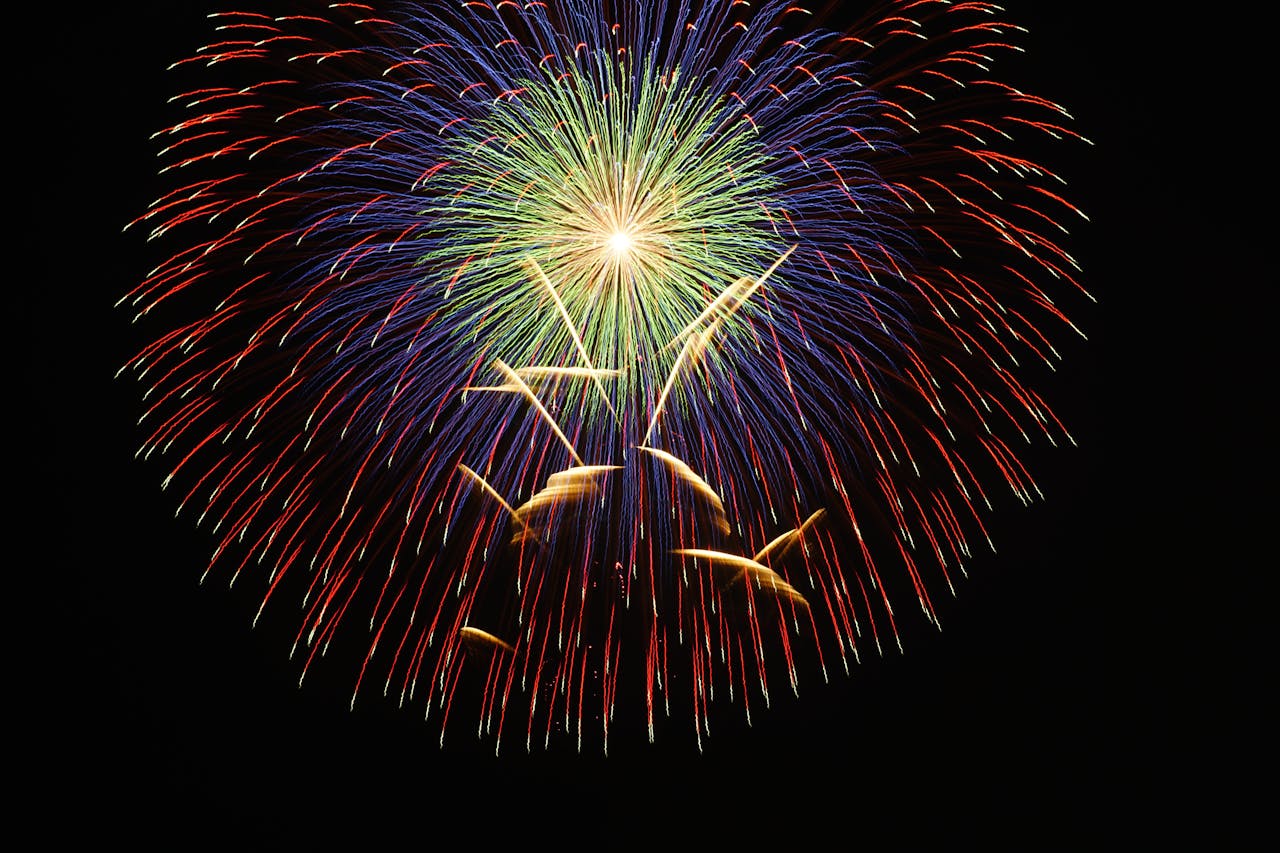
Summer in Japan is bursting with energy, thanks to its vibrant matsuri festivals. These events often feature colorful parades, traditional music, and spirited dance performances. A highlight of the season is the spectacular fireworks displays, or hanabi. From the famous Sumida River Fireworks Festival in Tokyo to local celebrations in smaller towns, these shows light up the night sky in dazzling patterns. Don’t forget to wear a yukata and indulge in street foods like takoyaki and yakitori for the full experience.
Winter: Snow Sculptures and Illuminations
Winter in Japan brings a magical atmosphere with its snow festivals and illuminations. The Sapporo Snow Festival in February is a standout, showcasing intricate ice sculptures and lively events. Streets and parks across the country are adorned with sparkling lights, creating a cozy yet festive vibe. Visitors can also enjoy hot springs and seasonal treats like oden, a hearty stew, to warm up after exploring the chilly wonders.
Share Your Winter Journey in Japan With the World!
Stay online in Japan with instant eSIM activation.
Engaging in Local Customs During Festivals
Participating in Matsuri Activities
Jumping into the festivities of a matsuri can be a lot of fun and a great way to connect with the local community. Many festivals encourage visitors to join in, whether it’s dancing the Bon Odori during Obon or helping carry a mikoshi (portable shrine) at a summer celebration. Just remember to follow the lead of locals to ensure you’re being respectful.
Here are some common ways to participate:
- Join a traditional dance, like Awa Odori or Bon Odori.
- Try your hand at festival games, such as goldfish scooping or ring toss.
- Volunteer to help with simple festival tasks, if possible.
Understanding Festival Etiquette
Every festival has its own set of customs and traditions, so knowing a bit about etiquette can go a long way. For instance, when visiting shrines, you’ll often need to purify your hands and mouth at a water basin before entering. Bowing and clapping at the shrine are also common practices.
Some quick etiquette tips:
- Dress modestly, especially if you’re visiting sacred sites.
- Avoid taking up too much space in crowded areas.
- Dispose of trash properly; many festivals have designated bins.
Connecting with Locals Through Traditions
Festivals are a time for communities to come together, and locals often appreciate when visitors show genuine interest in their traditions. Try learning a few Japanese phrases, like “Arigatou gozaimasu” (thank you) or “Sumimasen” (excuse me), to make interactions smoother. Sharing smiles and showing curiosity often lead to heartwarming exchanges.
Embracing the customs of Japanese festivals isn’t just about following the rules—it’s about experiencing the joy and spirit of the community. When you participate with respect and enthusiasm, you become part of something truly special.
Culinary Delights of Japanese Festivals
Seasonal Foods to Savor
Japanese festivals are a feast for the senses, and the food is no exception. Each season brings its own unique flavors to the table, making every festival a culinary adventure. In the summer, you’ll find refreshing treats like kakigori (shaved ice) to beat the heat, alongside savory classics like yakitori (grilled chicken skewers) and takoyaki (octopus balls). Autumn festivals highlight earthy flavors with roasted chestnuts and pumpkin-based dishes, while winter celebrations warm the soul with hearty nabe (hot pot) and cups of hot sake. Spring, of course, is all about cherry blossom-themed snacks, from sakura mochi to floral-infused teas.
Traditional Dishes with Symbolic Meanings
Many festival foods go beyond taste—they carry deep cultural significance. For instance, during New Year festivities, families share Osechi Ryori, a beautifully arranged assortment of dishes, each symbolizing wishes for health, prosperity, and happiness. Sweet black soybeans represent good health, while grilled fish symbolizes a fruitful harvest. Similarly, festival sweets like taiyaki (fish-shaped cakes filled with red bean paste) often symbolize good fortune and happiness. Food isn’t just sustenance here; it’s tradition on a plate.
Street Food Adventures at Matsuri
No festival experience is complete without a stroll through the bustling yatai (food stalls). These vibrant stands offer everything from savory okonomiyaki (Japanese pancakes) to sweet treats like candied apples and cotton candy. For the adventurous eater, some stalls even serve regional specialties, giving you a taste of local flavors you won’t find elsewhere. Don’t forget to try the festival drinks, too—whether it’s a refreshing ramune soda in the summer or warm amazake in the cooler months, there’s always something to sip on while you explore.
Japanese festival food isn’t just about eating—it’s about connecting with the culture, the season, and the people around you. Every dish tells a story, and every bite brings you closer to the heart of Japan.
Fireworks Festivals: A Summer Spectacle

Omagari Fireworks: Artistry in the Sky
The Omagari Fireworks Festival in Akita Prefecture is more than just a visual treat—it’s a competition that showcases the best of Japan’s pyrotechnic talent. Held in late August, this event draws thousands of spectators who gather along the riverbanks to watch fireworks artists compete in a national contest. The displays are nothing short of breathtaking, blending colors, shapes, and patterns into a mesmerizing performance. If you plan to attend, arrive early to claim a good spot and bring a small picnic to enjoy the evening.
Community Spirit at Local Displays
While the big-name festivals get much of the attention, smaller local fireworks events have their own charm. These are often organized by communities and feature a mix of traditional and modern displays. What makes them special is the intimate atmosphere, where neighbors and visitors come together to celebrate summer under the night sky. Expect to find food stalls offering local specialties, children laughing in yukatas, and an air of togetherness that’s hard to beat.
Tips for Enjoying Fireworks Events
- Plan Ahead: Fireworks festivals can get crowded, so secure your accommodations early, especially for popular events like Omagari or Sumida River.
- Pack Smart: Bring a blanket or portable chair for comfort, and don’t forget insect repellent and water.
- Dress the Part: Wearing a yukata adds to the festive spirit and helps you blend in with the crowd.
Fireworks festivals aren’t just about the dazzling lights in the sky; they’re a celebration of creativity, community, and the joy of summer. Whether you’re attending a grand event or a small-town display, the experience is bound to leave you with unforgettable memories.
For travelers looking to stay connected while attending these festivals, consider choosing an eSIM in Japan that offers reliable coverage and flexible data plans to enhance your trip.
Practical Tips for Festival Travelers
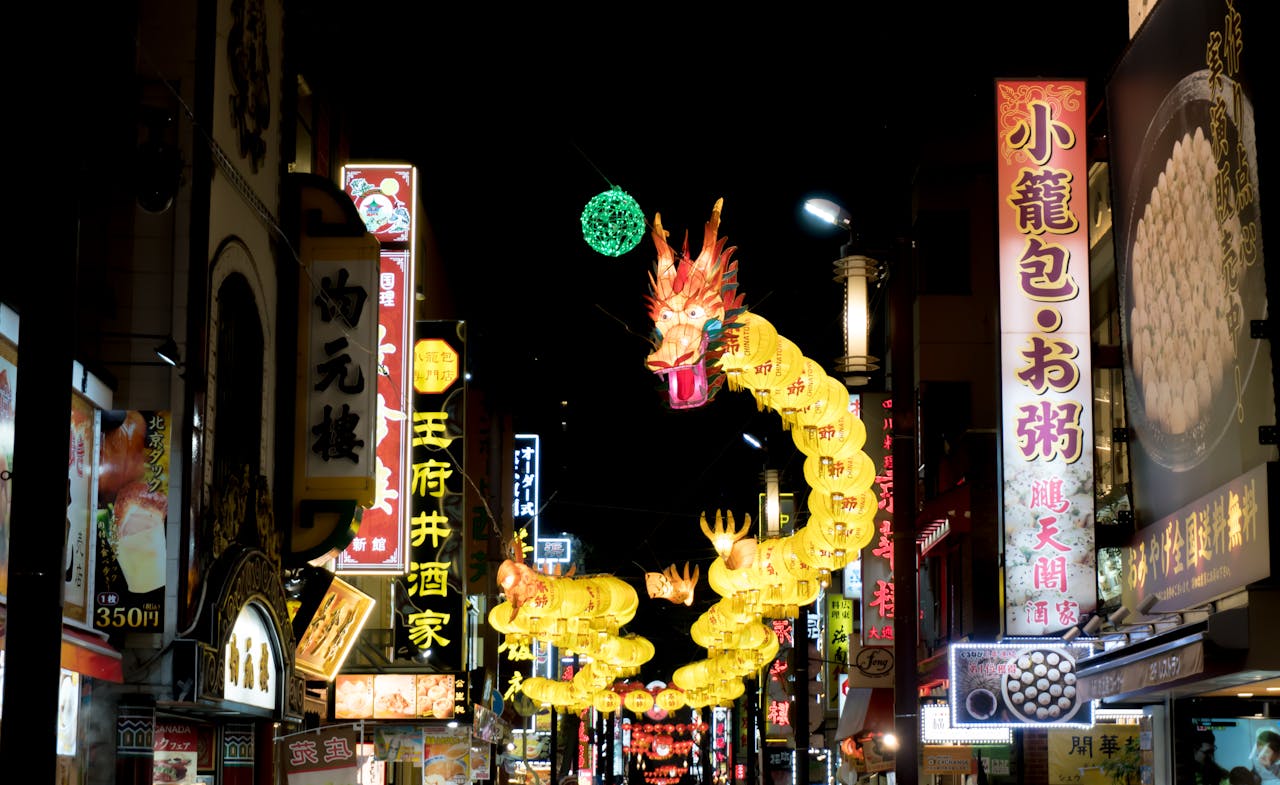
Booking Accommodations in Advance
If you’re planning to attend a festival in Japan, book your accommodations early—months ahead if possible. Festivals often draw massive crowds, and nearby hotels fill up fast. During peak times like Golden Week, prices can skyrocket, so planning ahead saves both money and stress. Consider staying in a nearby town and commuting to the event if local options are too pricey or unavailable.
Navigating Crowds and Transportation
Public transportation is your best friend during festivals, but it comes with its challenges. Trains and buses can get incredibly packed, especially before and after major events. To avoid the worst of the rush, travel during off-peak hours. Downloading a transportation app with real-time updates can be a lifesaver, helping you time your trips and avoid unnecessary delays.
Essential Items to Bring for Comfort
Packing smart can make or break your festival experience. Here’s a quick checklist:
- Comfortable Shoes: You’ll likely be walking or standing for hours.
- Portable Charger: Keeping your phone charged is crucial for maps, schedules, and emergencies.
- Reusable Water Bottle: Staying hydrated is especially important during summer festivals.
- Optional: A small folding stool or mat for seating during long events.
Festivals are exciting but can be physically demanding. A little preparation goes a long way in ensuring you enjoy the experience without unnecessary discomfort.
Global Coverage, Local Rates
Experience hassle-free connectivity wherever you go.
Traveling to a festival can be a blast, but it’s important to stay prepared. Make sure to pack light, wear comfortable shoes, and keep your essentials close. Don’t forget to check the festival’s rules and plan your transportation ahead of time.
Wrapping Up: Japan’s Festivals Await
So, there you have it—Japan’s festivals are more than just events; they’re a window into the country’s soul. Whether you’re dancing in the streets during Awa Odori, marveling at the snow sculptures in Sapporo, or soaking in the history of Gion Matsuri, each celebration offers something unforgettable. And the best part? You don’t have to be a local to join in. Just show up, embrace the energy, and let the festivities sweep you away. Trust me, you’ll leave with stories to tell and memories to treasure. So pack your bags, grab your camera, and get ready to experience Japan like never before!
Seamless Mobile Data Everywhere
